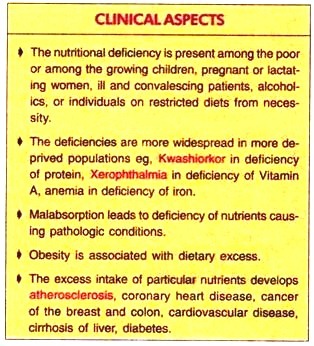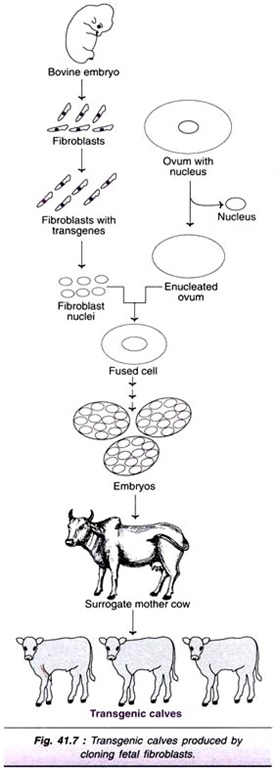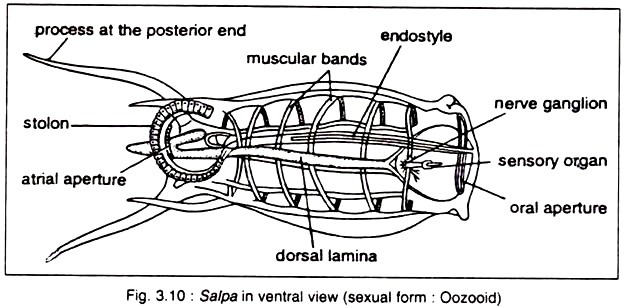ADVERTISEMENTS:
Multi-interacting Microbial Bioprocessing: Theory, Benefits and Problems!
Many types of multi-interaction bio-systems are found in nature or during bioprocessing.
Many of them may be homogenic while others are heterogenic character. These systems may be stress dependent or operational mode dependent.
ADVERTISEMENTS:
Some examples of multi-interacting bio-systems include monoculture pellet forming systems like citric acid fermentation by Asp. niger, cellulase fermentation by T. reesei and in many multi-culture systems like biological waste treatment, industrial mixed culture bioprocessing, soil microbial interactions etc.
Multi-interactions in Monoculture Bio-system:
In microbial cell processing many cells have tendency to form flocks or pellets by multiple interactions due to turbulence. They may also form pellets by multiple interactions in quiescent liquid by excreting tubulin proteins having chemotactic properties or by molecular motion. Many types of yeast and other cells form floes during cultivation, processing for product formation and bio-colloid formation.
1. Theory:
ADVERTISEMENTS:
The above observations led to conceive that microbial monoculture multiple interactions to form aggregates may occur by:
(1) Perikinetic attachment (peripheral);
(2) Orthodynamic collision (orthogonal) and
(3) Binary adhesion dynamics (adhesional).
These multiple interactions between monoculture cells may result loose/ fluffy or dense/hard core pellets/flocs depending on microbial nature and operating conditions of temp., pH, turbulence, shear, etc.
(i) Perikinetic Attachment:
In this interaction the particle/cell motion is affected by Brownian diffusion as a result of KT energy. The concentration of pellets at time t may be given by
d0 = Original diameter of the pellet of the mono-dispersed spherical particles
ADVERTISEMENTS:
G = Mean velocity gradient
Comparative inference:
From a comparison of the rate of pellets separation from the medium between perikinetic and orthodynamic collisions in pellet formation one can have
(iii) Binary Adhesional Multiple Interactions:
ADVERTISEMENTS:
In cellulase production by T. reesei depending on processing conditions pellet formation has been observed. The pellet diameter at any time was computed from that measured at any time from its growth analysis. When a given conidia concentration (in inoculum) for pellet formation is used the increase in number of pellets in the agitated broth depended on the multiple number of adhesive collisions to form pellets. The increase in pellet number may be given by
in which N = no. of pellets, ɳ’ = a constant under a given geometry of the vessel and bioprocessing conditions.
ADVERTISEMENTS:
A. Significance of ɳ‘:
Physically ɳ’ signifies homogenization efficiency because adhesive collision is dependent on the degree of homogeneity of the broth. In turn it is a function of energy expenditure per unit mass of the charge in the batch.
If equation 6.42 is integrated between limits
E represents mean energy consumption per unit mass of the broth, U has dimension of velocity, 0 is the mixing time and V is the broth volume. These concepts enabled to determine the pellet radius at any time from its initial value and have been reported in the literature.
(iv) Observed Substrate Uptake Rate Behavior in Single Species Multi-interactions:
In bioprocessing for cellulase production by T. reesei QM9414 showing pellet formation it has been noticed that in the pellet formation by multi-interaction the proportional relationship in pellet forming period could be expressed by
dCs/dt = – kCs (6.48)
where Cs is the residual substrate concentration, k is the substrate uptake rate constant and negative sign indicates the decrease of substrate concentration. This relationship was further checked by determining value of rate constant at four different temperatures 23, 26, 29 and 34°C and checking the validity of Arrhenius equation to provide activation energy required for optimum substrate uptake.
The determined value of activation energy 21,350 cals/mole was in the reasonable range in comparison with the other microbial bioprocessing reported in the literature. Temperature effect on unit cellulose uptake time (tu) showed a nearly constant ratio with pellet formation lag time (t1) suggesting that lag can be a useful parameter on the effect of environment in microbial multi-interaction and specific substrate uptake rate.
ADVERTISEMENTS:
Prey-Predator (Host-Parasite) Bio-system:
In multi-interactions of prey-predator bio-system the level of one population depends in an intimate way on the level of another population. A parasite is born from its cell/egg deposited on the host. The host is killed in the process. It may completely jeopardize the product formation by the host.
1. Growth rate of prey-predator:
At any time t, let
X1 = Number of prey
X2 = Number of predator
2. Temporal course of events:
The above equation indicates that it is an equation of an ellipse whose centre is at the origin in plane (Fig. 6.13). The arrow head indicates temporal course of events. The prey-predator undergoes cyclic changes in growth, alternatively waxing and waning.
3. Qualitative interpretation:
The increase in the prey population favours an increase in predator population. The later increases at the expense of the host. They too must begin to disappear because of lack of food supply (for the predator larvae). This favors the recovery of the prey population and the cycle begins all over again. Knowing the inter-dependence of and ξ and ɳ considering
Benefits of Multi-interaction:
Depending on microbial system characteristics multi-interactions may render several benefits. These include:
(1) Reduction in bulk viscosity—examples are cellulose production in pellet forming system, citric acid production by pellet forming molds.
It causes easy separation of microbial biomass from culture fluid during downstream separation.
(2) Mutualistic interaction in biotransformation to produce products like
(a) bio-fertilizer
(b) yoghurt/dahi etc.
Problems of Multi-interactions:
Multi-interacting species in microbial bioprocessing may pose problems depending on the system condition. Some examples are given below:
Problems in productivity:
1. The acetone-butanol production by microbial fermentation is very prone to contamination by phage’s. In fermentative production of acetone-butanol by Actinomycetes species the actinophage is a common contaminant if the fermentation is not controlled strictly. In this system the virus/parasite causes ultimate killing of the Actinomycetes and spoil the fermentative production of solvents. Here Actinomycetes is the prey and actinophage is the predator.
2. In cellulase production by pellet forming T. reesei cells, depending on the pellet characteristics may create oxygen penetration problem which in turn may reduce enzyme productivity of the cells.










